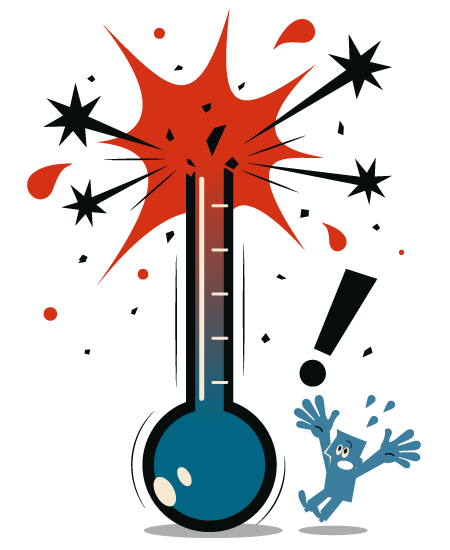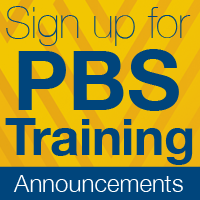
Fall 2020 - Using Self Regulation to Manage Anger
Download a PDF of the Fall 2020 Support Report
Self-regulation is the ability to calm, relate, and reason through difficult emotions or tough situations. It is a set of skills to help manage those big feelings and learn how to control emotional triggers. Our emotions influence how we identify and respond to stress, especially with anger.
Anger is an emotionally driven response we experience when we feel fear, sadness, or when we feel overwhelmed. It can arise from within, often connected to what we think we should be doing vs. what we can do. When children continue to have consistent angry outbursts, it’s usually a sign of distress.
Some children struggle to label or express their feelings. Anger is a complicated feeling with many different layers of emotions, from irritability and frustration to full-blown rage. A great way to teach children about anger is using a self-monitoring tool like an anger thermometer to explain those levels of intensity when getting mad.
Once they can identify their level of emotions in connection with their behavior, they can begin to work on reasoning their way out of it by developing coping skills to assist in self-regulating themselves back to a calm state. Skills may include blowing bubbles to implement deep breathing, therapeutic brushing, singing a happy song internally, saying a positive mantra like, “all my problems have solutions,” or counting backward saying, “3, 2, 1...1, 2, 3 what is bothering me?”.
Learning how to identify their emotional state and what will help them calm themselves at each level will make children feel more secure about what they can handle.

- 5. ANGRY
Balloon pops (aggression = hits, kicks, throws objects, or destroys property) - 4. UPSET
Balloon is full of air (meltdown = cries, screams, and collaspes to floor) - 3. FRUSTRATED
Balloon is half-full with air (gives up, won’t listen, and walks away) - 2. IRRITATED
Balloon is starting to fill up (heart rate is up, breath quickens, and fist clenched) - 1. ANNOYED
Balloon expands (trigger = hungry/tired, told to share, or denied access to a toy) - 0. COOL
Balloon is not inflated (neutral, not angry, feels happy)
What is Positive Behavior Support (PBS)?
Positive Behavior Support is a package of evidence-based strategies to improve quality of life and decrease challenging behaviors. It teaches people new skills and alternative responses to replace challenging behaviors. This approach is positive, proactive and focuses on preventing challenging behaviors before they occur.
Purpose of the PBS Program
The purpose of the PBS program is to support youth with serious emotional disturbances who are at risk of out of home placement to be successful in their community environments. We work with the individual's team to assess their individual needs and implement trauma informed positive behavior support. Through a person-centered approach, supportive, motivating and inclusive environments for individuals with complex needs are promoted.
Overview of Program Activities
The following program activities can help you prevent and improve challenging behaviors:
-
PBS Brainstorming
- Consulting on how to implement PBS and increase quality of life
-
Technical assistance and mentoring
- Guidance and feedback to professionals
- Solutions for challenging behaviors
-
Person-centered planning
- Develop personal goals
- Create an action plan for achieving goals
-
PBS Intensive Services
- Serve a very limited number of individuals and families statewide
- Individuals must have dangerous behaviors and no services in place to address them and be at risk of out of home placement
- Services typically last 3-5 months
-
Training and continuing education opportunities
- Limited number of trainings offered for professionals
- Social work CEU's

